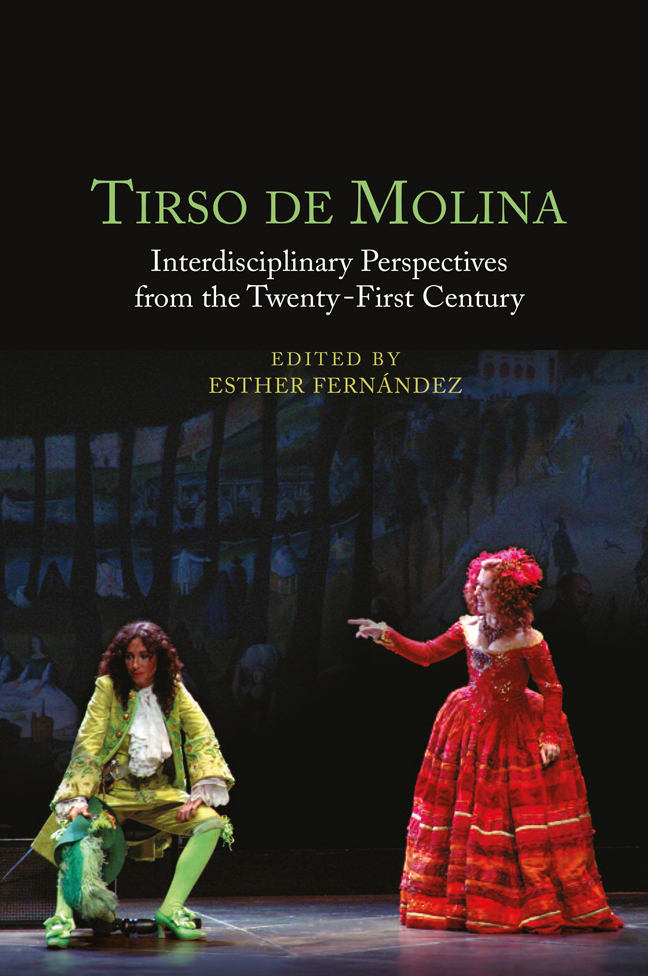3 - Prose Fiction and Authorial Self-Fashioning: Los cigarrales de Toledo and Deleitar aprovechando
Published online by Cambridge University Press: 02 March 2024
Summary
When Gabriel Téllez pursued his literary vocation and saw his earliest plays produced on the corral stage, he effectively embarked upon a second career, one defined in far more public terms than his ecclesiastical career following a rather different vocation as a priest in the Mercedarian Order. To achieve recognition and praise as an author required more than talent: also necessary was the construction—the fashioning, to use the Renaissance English term popularized by Stephen Greenblatt—of a public literary persona. In early seventeenthcentury Spain, print publication offered ambitious authors, even playwrights whose reputations derived primarily from stage performances of their works, one useful means toward this end. Gabriel Téllez was no exception, nor did he want his literary alter ego Tirso de Molina to be known solely as a dramatist: in the 1620s, he sent to the printer not only his first volume of comedias but also the labyrinthine miscellany Cigarrales de Toledo [The Country Houses of Toledo] (1624), a collection of narratives, poems, and three complete plays presented within an elaborate frame tale of aristocratic amusements and romantic complications. In 1625, however, the royal commission for the reformation of public morals, the Junta de Reformación, censured Téllez, citing the wicked examples allegedly set by his comedias. A decade after this blow to his ambitions, he published a second prose miscellany, Deleitar aprovechando [Pleasure with Profit] (1635), in which this narrative frame’s aristocrats seek pious edification rather than sophisticated entertainment, the courtly love stories recited in Cigarrales de Toledo have been transformed into hagiographies, and the stage comedies have become sacramental religious plays. As deliberate and very different public acts of authorial self-fashioning, these two volumes offer a perspective on Téllez’s literary ambitions and career strategies that his comedias alone perhaps cannot.
How might an aspiring writer in early modern Europe have understood, or even conceived of, a literary career? Once imagined as a possibility, what did it mean in that era to have such a career recognized, acknowledged, and honored by others? How, in short, did authorship function as identity as well as activity? It is no accident that such inquiries resonate in the context of the early modern period. As Greenblatt argued in his paradigm-altering Renaissance Self-Fashioning, it was the sixteenth century that brought forth “an increased self-consciousness about the fashioning of human identity as a manipulable, artful process” (1980: 2).
- Type
- Chapter
- Information
- Tirso de MolinaInterdisciplinary Perspectives from the Twenty-First Century, pp. 41 - 54Publisher: Boydell & BrewerPrint publication year: 2023

